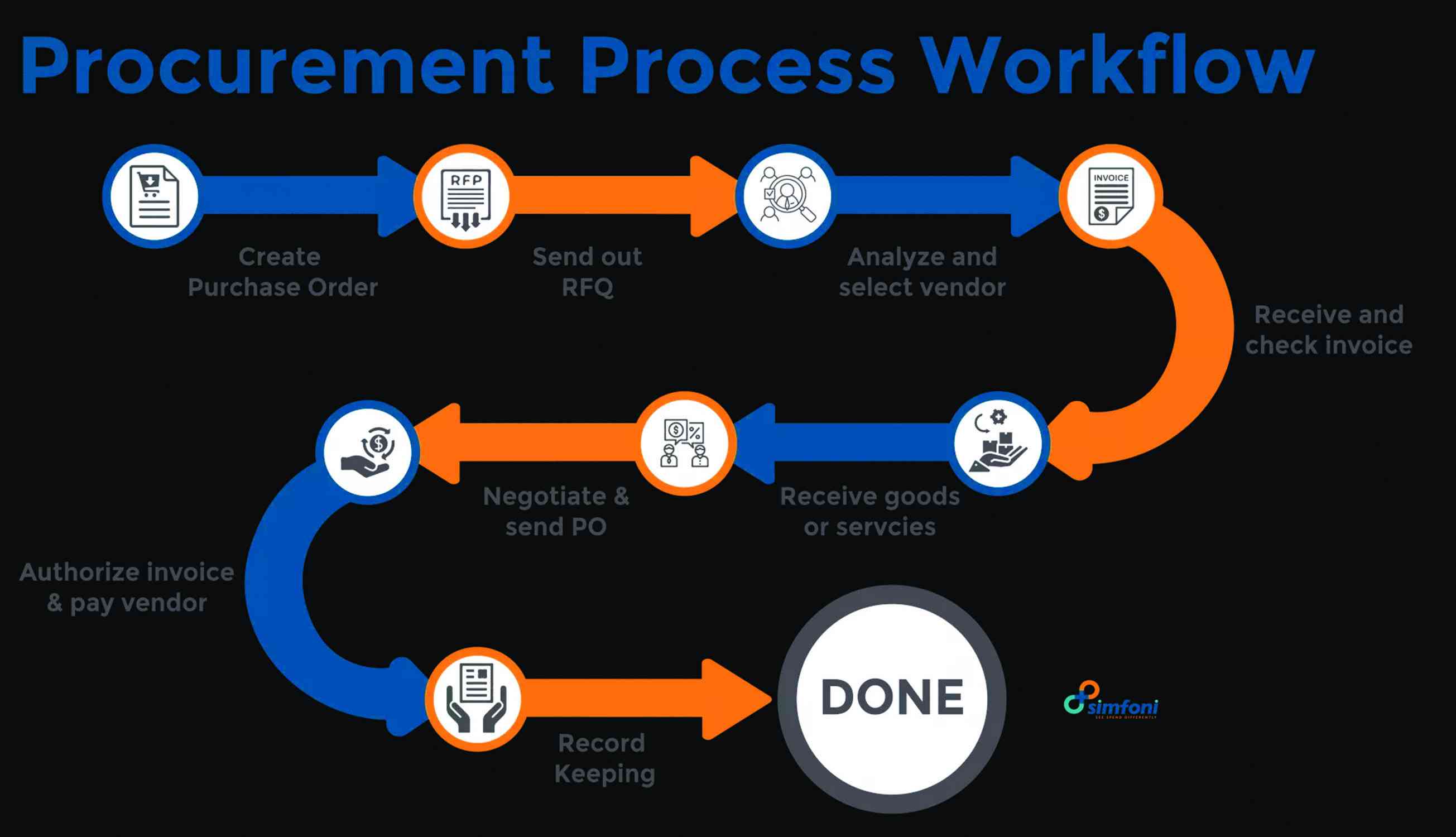
If you don’t take the necessary precautions, driving in the rain can be challenging and potentially dangerous. Wet roads reduce tyre traction, increase stopping distances and can lead to hazardous situations such as hydroplaning.
By following safe driving practices, you can greatly improve your ability to handle rainy conditions. Below are several practical tips to help ensure safety for you, your passengers and others on the road when driving in the rain.
Prepare your vehicle before driving
Before hitting the road during rainy conditions, it’s essential to ensure your vehicle is prepared. A well-maintained car is better equipped to handle wet roads.
Inspect your tyres: Tyres are your car’s only point of contact with the road. Check the tread depth to ensure proper grip, as worn tyres are more likely to skid or lose traction. In America, they use the “penny test”. It is a useful guideline. Place a penny into the tread while Lincoln’s head is pointing downward. If you can see the top of his head, it’s time to replace the tyres. Since Zimbabwe doesn’t have coins, I’m not sure what to use.
Check the wipers: Your first line of defence for visibility in the rain is your windscreen wipers. Worn or damaged wipers can leave streaks and make it difficult to see. Replace them if they are not clearing water effectively.
Ensure proper lighting: Headlights, taillights and brake lights are crucial for visibility in low-light conditions caused by rain. Make sure your lights are clean and functioning properly.
Proper preparation can help you feel more confident and safer when driving in adverse weather.
- Bryn Mteki back on the music scene
- Pakistan likely to dissolve CPEC Authority
- Global agency downgrades Zimbabwe’s growth projections
- Cops arrested for conning ICT perm sec
Keep Reading
Slow down
Speed reduction is crucial for rainy driving. Wet roads can be slippery and driving too swiftly increases your chances of losing control of the vehicle.
Reduce speed gradually: Driving at slower speeds allows your tyres to maintain better contact with the road and gives you more time to react to unexpected obstacles.
Avoid sudden movements: Abrupt braking, accelerating or turning can cause your car to skid. Instead, apply gradual pressure to the brakes and accelerator.
Follow the three-second rule: Increase the distance between your car and the vehicle in front of you. In rainy conditions, it’s better to follow a 4-5 second rule to account for longer stopping distances.
By slowing down, you can greatly reduce the risk of accidents and maintain better control over your vehicle.
Turn on your lights
Rain often reduces visibility, making it harder for drivers to see the road and for others to see you. Turning on your headlights is essential, even during daylight hours.
Use low beams: Avoid using high beams in heavy rain, as they can reflect off water droplets, creating glare and further reducing visibility.
Use fog lights if available: Use your car’s fog lights in extremely heavy rain to improve visibility.
Check local laws: In many areas, it’s a legal requirement to turn on your headlights when it’s raining, even during the day.
Seeing the road ahead is just as important as being visible to other drivers.
Avoid hydroplaning
Hydroplaning occurs when a layer of water builds up between your tyres and the road, causing a loss of traction. This can make your car feel like it’s gliding uncontrollably. To avoid hydroplaning:
Reduce speed on wet roads: The faster you drive, the more likely you are to hydroplane.
Avoid puddles: Large puddles or standing water increase the risk of hydroplaning. If possible, steer clear of them.
Don’t use cruise control: Cruise control can make it harder to react to hydroplaning, as it may cause the car to accelerate unexpectedly.
Respond correctly: If you feel your car hydroplaning, resist the urge to brake suddenly or turn the wheel sharply. Instead, ease off the accelerator and steer straight until you regain traction.
Being mindful of these precautions can help you stay in control even in challenging conditions.
Maintain visibility
Clear visibility is critical when driving in the rain. Reduced visibility can lead to slower reactions and increased risks.
Defog your windows: Rain often causes windows to fog up. Use your car’s defroster and air conditioning to clear fog from the windscreen and side windows.
Clean the windows and mirrors: Dirt and grime can worsen visibility in rainy conditions. Regularly clean your windscreen, rear window and mirrors to ensure a clear view.
Adjust your view: If the rain is heavy, consider pulling over to a safe location until visibility improves.
By prioritising clarity, you can better navigate wet roads and avoid potential accidents.
Stay focused and avoid distractions
Driving in the rain requires your full attention. Distractions can be even more dangerous in adverse weather conditions.
Put away electronics: Avoid using your phone or other electronic devices while driving, even hands-free.
Limit conversations: Keep conversations with passengers to a minimum to maintain focus.
Pay attention to road signs: Watch for signs indicating slippery or flooded areas, as these can warn you of potential hazards.
Remaining alert and focused will help you anticipate and react to changes in road conditions.
Be cautious of other drivers
Rain affects everyone differently and not all drivers may take proper precautions. Be aware of other drivers and their actions.
Watch for sudden stops: Drivers ahead of you may brake unexpectedly in rainy conditions. Maintain a safe following distance to give yourself time to react.
Avoid tailgating: Tailgating is especially dangerous in the rain, as it reduces your ability to stop safely.
Be patient: Some drivers may drive more slowly than usual. Avoid aggressive manoeuvres, like overtaking in unsafe conditions.
Defensive driving is key to staying safe on wet roads.
Know when to pull over
Sometimes, the safest option is to stop driving altogether. If visibility is too poor or the roads are too slick, find a safe place to pull over and wait for conditions to improve.
Avoid stopping on the roadway: Pull over to a safe area, such as a rest stop or parking lot.
Use hazard lights: Turn on your hazard lights to alert other drivers that you have stopped.
Wait it out: Heavy rain often eases after a short time. Patience can make a big difference in keeping you safe.
Knowing your limits and recognising when conditions are too dangerous is a critical aspect of safe driving.
My decision
Driving in the rain requires preparation, caution and focus. By maintaining your vehicle, reducing your speed, using your lights and staying aware of your surroundings, you can navigate wet roads safely.
Remember, no trip is worth risking your life or the lives of others for. If conditions become too severe, don’t hesitate to pull over and wait until it’s safe to continue.
By following these tips, you can reduce the risks associated with driving in the rain and ensure a safer journey for everyone on the road. Stay safe. — andrew@muzamhindo.com










